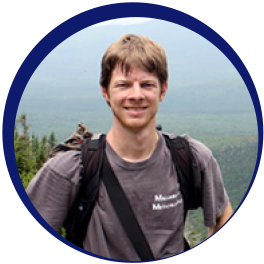High-Altitude Balloon Program
NEWS AND ANNOUNCEMENTS
- We are now accepting applications from UW students for our 2020 Undergraduate High Altitude Balloon Project, the NSF-funded LIFT Project. Click HERE for more info. Applications due by October 31, 2019. (A page dedicated to the LIFT Project will be up and running in the coming weeks. If you have any further questions about this project at this time, please don’t hesitate to reach out to us!)
- We are currently taking a limited number of balloon launch requests for Spring and Summer 2020. If you are a teacher/educator in Wyoming and would like for us come do a high-altitude balloon launch with your school/organization, please submit a request form.
- We recently added a Ballooning FAQ page that includes lots of information related to our launches.
Spring 2019 Balloon Launches
Here are a few videos highlighting our Spring 2019 launches. Be sure to check out our YouTube channel to view more balloon launch videos going back as far as 2014!
Meet our High-Altitude Ballooning Expert
Phil Bergmaier, PhD
Education:
Ph.D. in Atmospheric Science, University of Wyoming
M.S. in Atmospheric Science, University of Wyoming
B.S. in Meteorology, Millersville University, PA
Research Interests:
- Lake-effect snowstorms
- Mesoscale and boundary layer processes
- Drylines and severe storms

Biography:
Phil grew up in Pennsylvania, just outside Philadelphia. Ever since he was a young lad he’s been fascinated with weather, so in high school he decided to go to college to become a meteorologist. After completing his undergraduate work at Millersville University, a small school in south-central Pennsylvania, he moved to Wyoming to attend graduate school at UW. For his Master’s degree, Phil produced several studies focusing on Southeast Wyoming drylines, shallow moisture boundaries that are more commonly found in the Southern Plains but occasionally develop in the summer along the Laramie Range. The focus of Phil’s research then transitioned to wintertime phenomena as he pursued his PhD. His doctoral work focused on the internal dynamics of intense lake-effect snowbands that were observed over Lake Ontario during the NSF-funded Ontario Winter Lake-effect Systems (OWLeS) field campaign.
During his time as a graduate student, Phil was heavily involved in science outreach across Wyoming. He was a fellow with the UW Science Posse for two years, allowing him to bring weather-related lessons and activities to K-12 classrooms throughout the state. He then spent four years as a graduate fellow with the Wyoming NASA Space Grant Consortium at UW. His primary responsibilities focused on launching and then recovering high-altitude weather balloons and experiment payloads with K-12 schools in Wyoming. He also involved in the Eclipse Ballooning Project and co-led a team of undergraduates from Casper College in an effort to live-stream the 2017 solar eclipse from near space via a high-altitude balloon. After receiving his PhD in 2018, Phil began a new role as a postdoctoral associate with the Wyoming Space Grant. He will be involved with the new NSF-funded LIFT Project, which seeks to improve the science content of the Space Grant’s high-altitude balloon program.
In his free time when not launching balloons, Phil thoroughly enjoys the outdoors and spends not nearly enough time skiing and hiking. He is also a photography enthusiast with a particular interest in landscapes and weather. The latter is one of the reasons why he sometimes finds himself storm chasing during the spring and summer. Lastly, Phil is a sports fanatic and tends to obsessively follow his hometown Philly teams.

